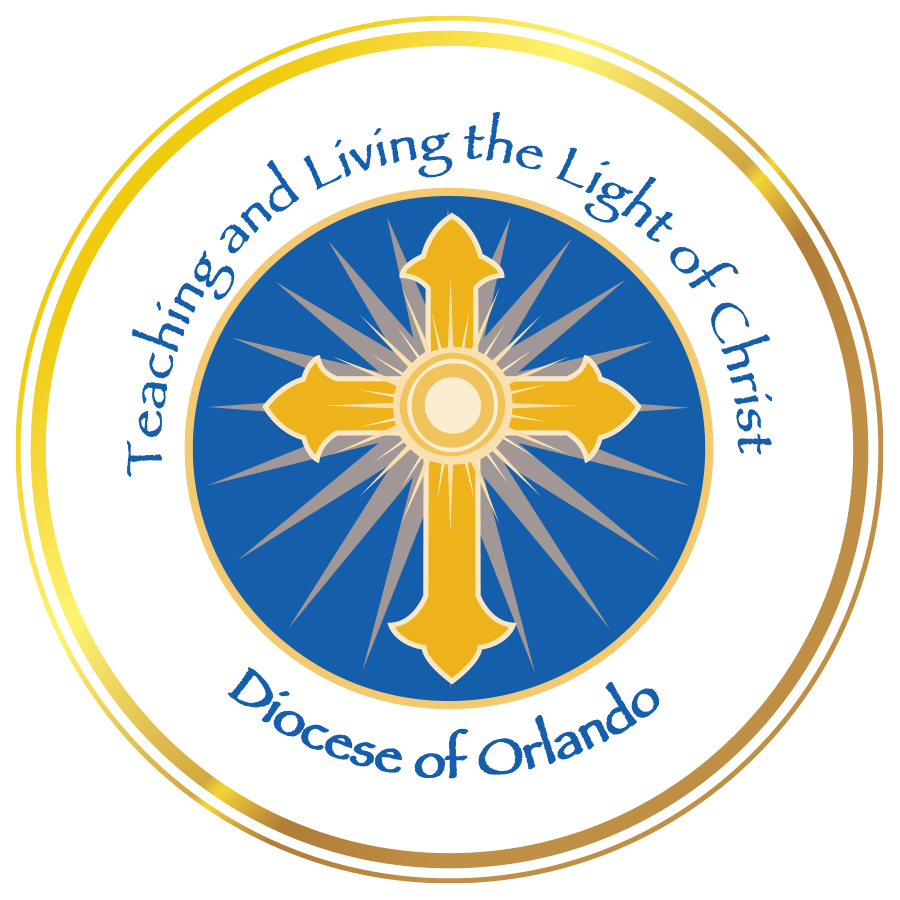From the snowy peak of Mount Herman, the Jordan river falls down to the Sea of Galilee. South from the Sea of Galilee the river falls and falls, twisting and turning through matted jungle, muddy and brown, until it falls into the shiny, salty waters of the Dead Sea, the lowest spot on earth. East of the tangled greenery on the river’s shore are grim and lonely deserts of clay.
To the west there is a varied landscape, plains and hills, low, softly rounded mountains, the storied height of Zion, the lush valley of Esdralon, flowered Carmel raised above the Mediterranean Sea.
Light dominates the landscape, great plains of light in a mostly treeless land, light sweeping away to the silhouette of a mountain or to the dark pool of its shadow, light of the earth meeting light of the sky on a shimmering horizon.
Once the Lord Jesus walked here. This is His land; these are His hills and plains and glare and shadow; here He watched the sower in the field, the shepherd walking with his sheep, the vines, the birds in the air, the lilies in the field, the fishermen, the beggars, the lepers, the scribes, the tax collectors. They all became His; they will always be His.
But this is true not only of Palestine. Because He walked on this earth, all the earth has become His earth: the jungles of the Amazon, the high mountains of Nepal, the wheat fields of the Dakotas, the orange groves and ranch lands of Central Florida. They are all His.
— Bishop Thomas Grady, Oct. 14, 1977
